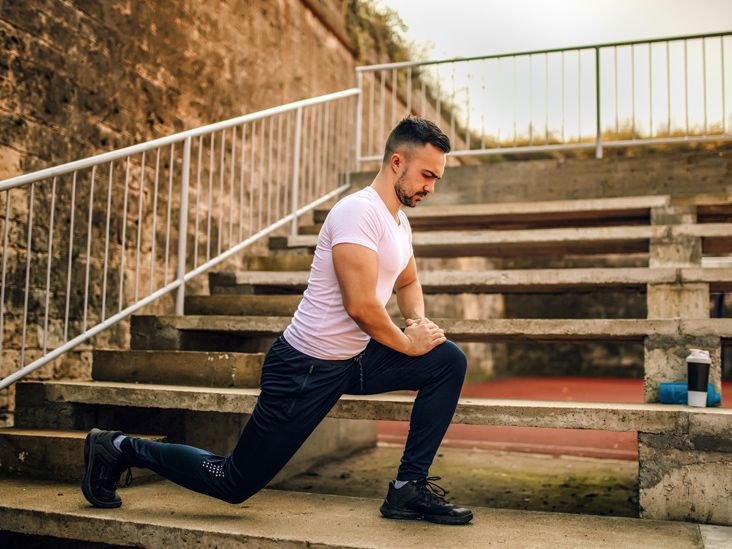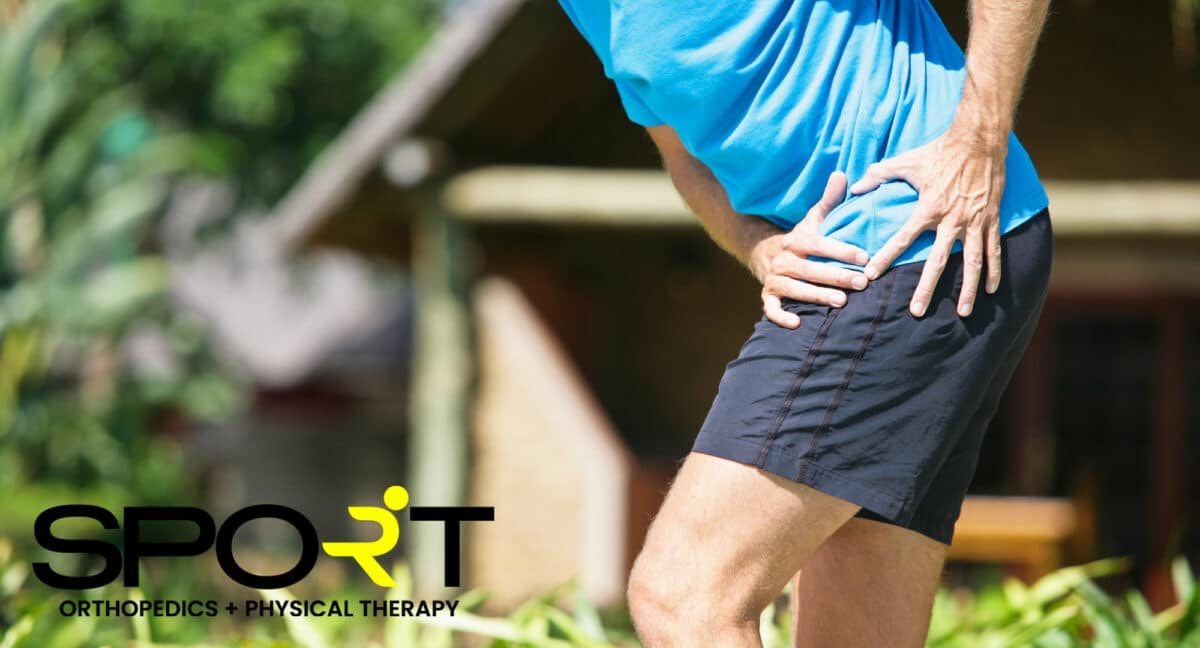Build A Tips About How To Treat Hip Pointer

Hip pointers are treated immediately with rest and ice.
How to treat hip pointer. Resting the injured hip from extremely painful movements will help to reduce swelling and speed the healing process. This will alleviate some inflammation and pain, as well as aid with any discomfort. The posterior part of pelvic cavity is covered by sacrum.
Use crutches to take weight off the hip. They should avoid any activities that make the pain worse or could cause another hit to the area. This may mean taking a break from sports.
A hip pointer injury is an extremely painful acute injury, usually resulting from a direct blow to the hip. Teens with a hip pointer need to rest the area. Topical pain relievers such as creams, balms, or rubs can be used to treat hip pointers as well.
Athletes are typically among those who contend with hip pointers. How is a hip pointer treated? Sometimes, pain can radiate around the back or even the front of the hip, but the main area is typically on top of the hip.
Hip pointer causes and risk factors Nonsurgical therapies are the treatments of choice for hip pointers, including: The purpose of protection is to avoid further injury to the area by protecting the injured structures.
A hip pointer injury is a bruise, or contusion, to the ridge of bone on the upper outside of the hip — called the iliac crest. Your health care provider also may recommend that you: Crutches avoid bearing weight by using crutches to help rest your joint and promote healing.
Crutches avoid bearing weight by using crutches to help rest your joint and promote healing. Bottom line getty images/viktorcvetkovic injuries to the hip are common in many sports and are often due to overuse. Hip pointers happen when there is a bruise/contusion on the iliac crest of the hip.
Heat may be used before doing stretching and strengthening activities ordered by your doctor, health care provider, or athletic trainer. Where you feel it: This will help to reduce or limit any pain, inflammation, and swelling.
The pelvic cavity lies below the lower abdomen. A direct blow to the hip or a collision with a surface — such as the ground — are the most common causes of hip pointers. If needed after hip pointer treatment, rehab may consist of stretches and muscle strengthening exercises around your hip.
As with many injuries, hip pointer injuries should be treated with rest, ice, and compression. Ice or cold therapy can be applied for 10 minutes every hour initially reducing the frequency as required. Pain on the inside of the hip or groin area is usually due to problems within the hip joint.










:max_bytes(150000):strip_icc()/GettyImages-919548006-b4914ff20a234affa12ef303ab101555.jpg)






